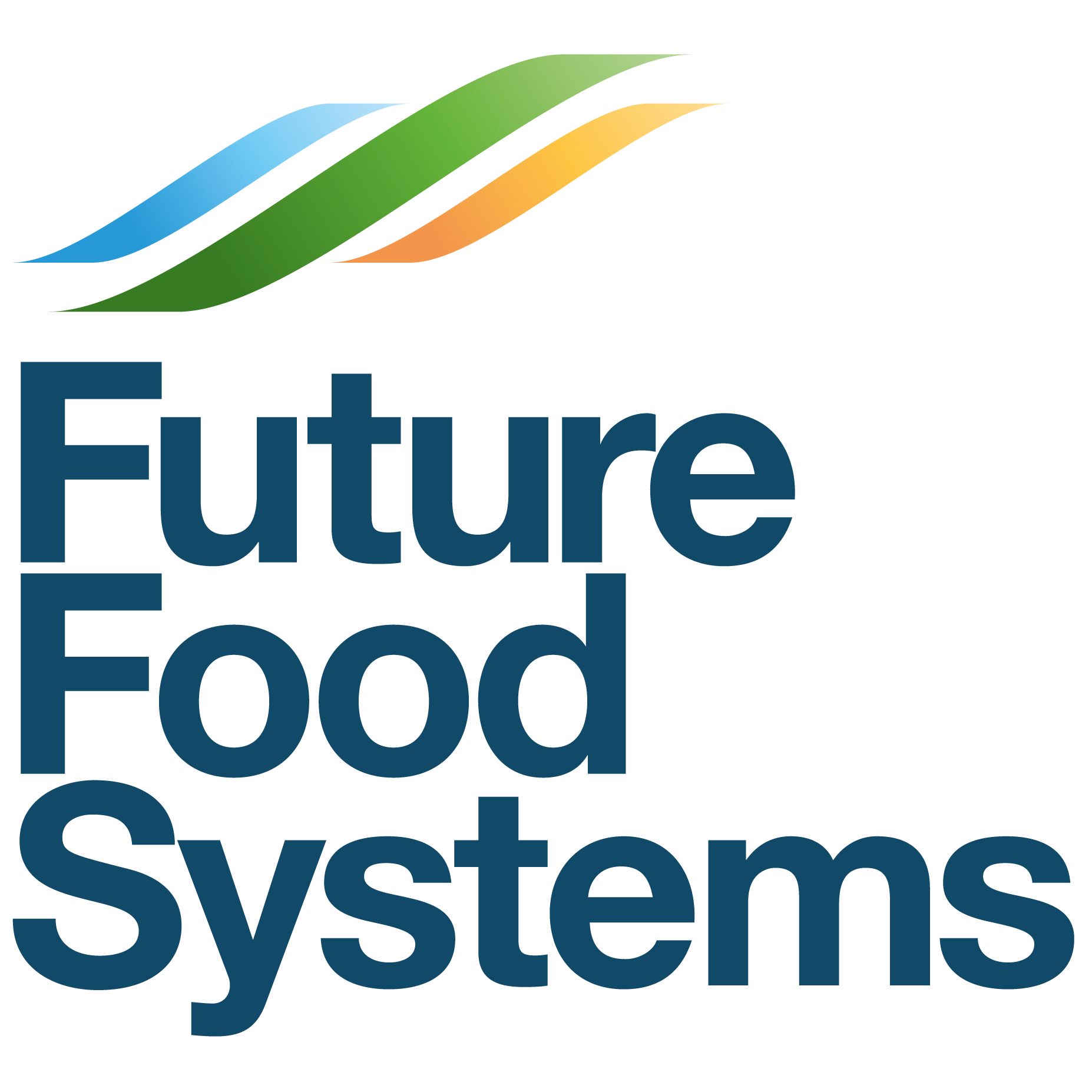| Resource | |
|---|---|
| Inulin, a polysaccharide characterized by a β-2,1 fructosyl-fructose structure terminating in a glucosyl moiety, is naturally present in plant roots and tubers. Current methods provide average degrees of polymerization (DP) but lack information on the distribution and absolute concentration of each DP. | https://www.sciencedirect.com/science/article/pii/S0963996924003466 |
| This review highlights how interventions such as light-emitting diodes (LEDs), photo-selective films, and exposure of plants to mild stresses, alongside developing new varieties with desired traits, could be used to optimise the nutritional quality, particularly the content of polyphenols, of blueberry grown under covers. | https://www.mdpi.com/2076-3921/12/4/810 |
| This report was authored by Maria Veronica Chandra-Hioe with contributions from Merran White. | https://files.futurefoodsystems.com.au/New-product-development.pdf |
| This report reviews current best practices and technology for protected cropping facilities and explores research trends in the sector as first steps towards advancing the technological capabilities of Australia’s indoor horticultural industry and delivering solutions that meet Southern Hemisphere industry-specific needs. | https://files.futurefoodsystems.com.au/P2-006-Next-generation-protected-cropping-facilities.pdf |
| Although currently not commercially available, Australian native rice has potential as a high-nutrient, culturally identified food. | https://www.cdu.edu.au/riel/research/australian-native-rice-commercialisation |
| PCA’s Nicky Mann, 2014 Nuffield Farming Scholar, used her bursary to study indoor berry production across the world. She came back with numerous insights and suggestions for targeted R&D. | https://nickymannnuffield2014.files.wordpress.com/2016/01/berries-nicky-mann-soilless-australia-vol-4-2015-summer-edition.pdf |
| Information on the four subsectors listed above are available to download free of charge as four separate pdf documents. | https://www.horticulture.com.au/growers/help-your-business-grow/research-reports-publications-fact-sheets-and-more/grower-resources/ha18002-assets/australian-horticulture-statistics-handbook/?__FormGuid=a2cd5e51-ecbe-4c53-ae51-a870fc5dfc75&__FormLanguage=en&__FormSubmissionId=d908e1b3-b47f-4ce8-8721-ed61872620d9 |
| Current technologies and target crops | https://www.futurefoodsystems.com.au/wp-content/uploads/2021/09/P2-004-Protected-cropping.pdf |
| Precise phenotyping for improved quality and protected cropping management | https://www.futurefoodsystems.com.au/wp-content/uploads/2021/09/P2-005-Smart-crop-monitoring.pdf |
| An array of new products formulated to mimic beef, chicken and pork, use plant protein – typically, extracts from soy or pea – as their base ingredients | https://www.gfi.org/files/PBMap.pdf |
| In this recent report, McKinsey & Co. survey future opportunities and likely market share for the array of alternative proteins on the market and in development. | https://www.mckinsey.com/industries/agriculture/our-insights/alternative-proteins-the-race-for-market-share-is-on |
| The expanding plant-based protein industry could unlock opportunities for Australian agrifood producers, contends this February 2020 report. | https://www.agrifutures.com.au/wp-content/uploads/2020/02/20-001.pdf |
| This 2019 consumer survey examines the factors driving an expected rise in demand for plant-based foods and alternative proteins across Australia in coming years. | https://www.foodfrontier.org/wp-content/uploads/2019/10/Hungry-For-Plant-Based-Australian-Consumer-Insights-Oct-2019.pdf |
| Could Australia double the number of people it feeds by 2061? The Conversation says yes, provided we adopt three strategies: increase productivity, reduce food waste and eat more sustainably. | https://theconversation.com/how-many-people-can-australia-feed-76460 |
| The global adoption of healthy diets from sustainable food systems would safeguard our planet and improve the health of billions, argues the EAT-Lancet Commission in this compelling report. | https://www.futurefoodsystems.com.au/wp-content/uploads/2020/12/EAT-Lancet_Commission_Summary_Report.pdf |
| This report from the Food and Agribusiness Growth Centre, FIAL, identifies 19 opportunities that could boost the value-addition capability of Australia's agrifood sector to $200b+ p.a. by 2030. | https://workdrive.zohopublic.com.au/file/qx5769e1e310483ee4389b5d9f6cc55e768fe |
| This lively panel discussion about actual and potential alternative sources of protein formed part of the EAT Stockholm Food Forum 2019. | https://youtu.be/HVJQlbIsWNU |
| Light‐limited photosynthesis under energy‐saving film decreases eggplant yield | https://onlinelibrary.wiley.com/action/doSearch?AllField=Light%E2%80%90limited+photosynthesis+under+energy%E2%80%90saving+film+decreases+eggplant+yield |
| SPHERE: Working together for good health and wellbeing | https://www.futurefoodsystems.com.au/maridulu-budyari-gumal-sphere-bridging-the-health-care-gap-for-indigenous-australians/ |
| FIAL's Overview of 16 Opportunities for Australian Food & Agribusinesses | https://workdrive.zohopublic.com.au/file/qx576efd5c081863f404dabcd888b8f5e8121 |
